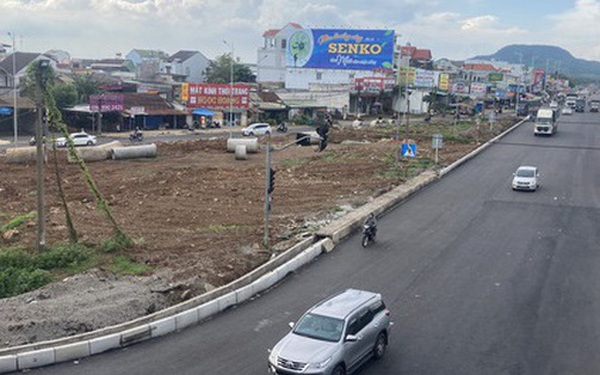Korea is “hunting” for a treasure harder than diamonds
In an ever-evolving town, tungsten gave off a sparkling blue light on the walls of abandoned mines. This mineral could be the catalyst for South Korea’s attempt to break China’s dominance over key minerals, as well as its claim to the raw materials of the future.
The mine in Sangdong, 180 kilometers southeast of Seoul, is being “revived” for rare metal mining. This mineral has been revalued in the digital age applied to technologies ranging from phones and chips to electric vehicles and rockets. “Why reopen after 30 years? Because this means claiming sovereignty over natural resources,” said Lee Dong-seob, vice president of mine-owning company Almonty Korea Tungsten Corp. Resources can become weapons and strategic assets.”
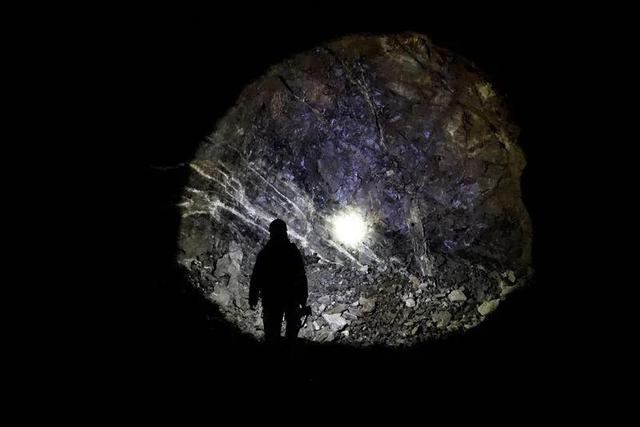
A guide staff inside a tungsten mine in Gangwon Province
Sangdong is one of at least 30 key mines and processing plants globally that have been put into operation or reopened outside of China in the past four years, according to a Reuters assessment of government-led projects. government and public companies. These include projects to develop lithium in Australia, rare earths in the US and tungsten in the UK.
The scale of the plans reflects the pressure on countries around the world to secure supplies of vital minerals. This is considered essential for the green energy transition, from lithium in EV batteries to magnesium in laptops and neodymium in wind turbines.
Last year, the International Energy Agency said demand for rare minerals is expected to quadruple by 2040. For those used in electric vehicles and battery storage, demand is expected to increase 30-fold. Many countries consider their minerals a matter of national security because China still controls the extraction, processing or refining of many of these resources.
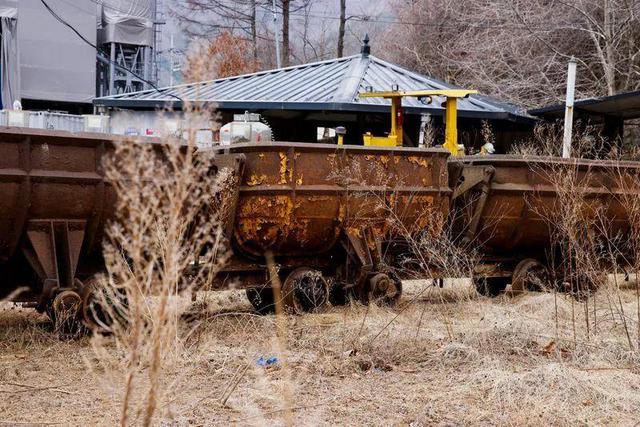
An old mine train is seen outside a tungsten mine in Gangwon Province
The country of billions of people is the largest supplier of important minerals to the US and Europe, according to a study by the China Geological Survey in 2019. Of the 35 minerals classified as important by the US, China is the largest supplier of 13 minerals, including rare earth elements needed for clean energy technology. In addition, China also supplies 21 important minerals to the European Union, such as antimony used in batteries.
“At the key raw material ‘restaurant’, China sits around eating dessert while the rest of the world eats dessert,” said Julian Kettle, senior vice president of metals and mining at consulting firm Wood MacKenzie. people are sitting in taxis reading menus”.
“Must have a plan B”
Rare metals are especially important to South Korea, home to major chipmakers such as Samsung Electronics. It is the world’s largest per capita tungsten consumer and 95% of the metal imports from China. This metal is inherently prized for its unparalleled strength and heat resistance.
According to CRU Group, a commodities analyst based in London, China controls more than 80% of the global supply of tungsten. The Sangdong mine is one of the largest in the world, which could produce 10% of global supply when it opens next year, according to the company that owns the mine.
Lewis Black, CEO of Canada-based Almonty Industries, said it plans to supply about half of its processing output to the domestic market in South Korea as an alternative to supplies from China. “Goods from China are easy to buy and this is also Korea’s largest trading partner, but the country is too dependent,” Mr. Black said. “They have to have a plan B by now.”
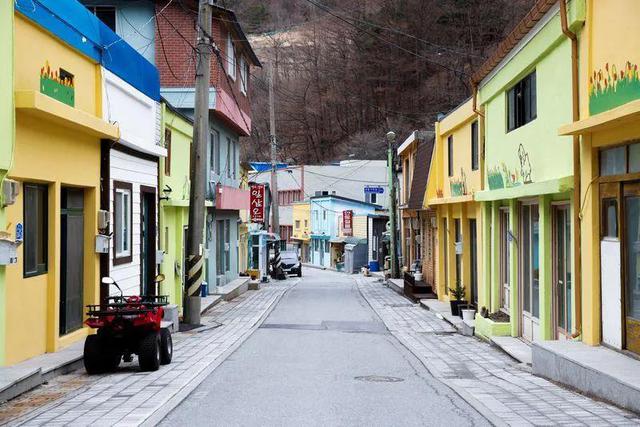
An empty village near a tungsten mine in Gangwon Province
Sangdong’s tungsten was discovered in 1916. The metal was once a mainstay of South Korea’s economy, accounting for 70% of the country’s export earnings in the 1960s when it was used largely in tools. metal cutting.
This mine was closed in 1994 due to cheaper supply of minerals from China, which made it impossible to dominate commercially. But for now, Almonty thinks demand and prices will continue to rise due to the digital and green revolution, and they want to diversify their supplies.
The minimum price of 88.5% ammonium paratungstate crystalline salt in Europe is trading around $346 per tonne, up more than 25% from a year ago and close to the highest level in history, according to valuation agency Asian Metals. 5 years. It is known that this is the most important raw material ingredient in tungsten products.
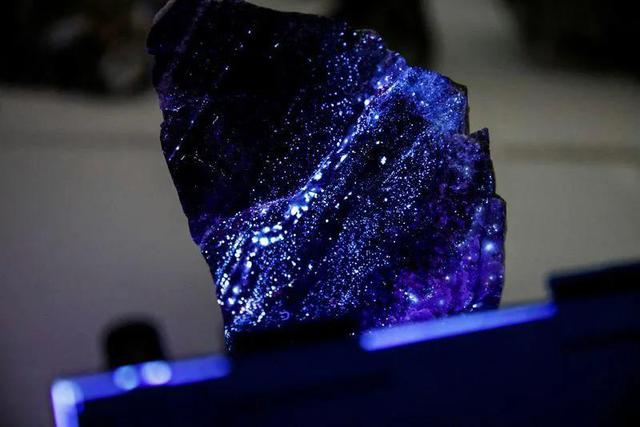
Tungsten is illuminated by mineral light at the Almonty office near the mine in Gangwon Province
The Sangdong mine is being modernized with extensive tunnels, and the tungsten threshing and crushing plant has also commenced operations. Kang Dong-hoon, a manager in Sangdong, said: “We should continue to operate this type of mine so that the new technology can be passed on to the next generations. We disappear in the industry. Mining has been 30 years. This opportunity will not come twice.”
Almonty Industries signed a 15-year agreement to sell tungsten to Pennsylvania-based Global Tungsten & Powders. This is a supplier to the US military, the company uses many of these metals in artillery warheads, missiles and satellite antennas.
However, the mining corporation is investing around 100 million USD while no one can guarantee this Sangdong project will be successful in the long term. Joint ventures are still likely to find it difficult to compete with China, with some industry experts concerned that developed countries will not live up to commitments to diversify supply chains for minerals important.
Supply Chain Diplomacy
Seoul established the Economic Security Key Items Task Force after the supply crisis last November. At the time, Beijing tightened exports of urea solution, which many South Korean diesel vehicles are required to use to cut emissions. Nearly 97 percent of South Korea’s urea comes from China, and shortages have spooked gas stations across the country.
The Korea Mine Reclamation and Resources Corporation (KOMIR), a government agency responsible for national resource security, said it has pledged to subsidize about 37% of Sangdong’s tunneling costs. In addition, they will also consider additional support to minimize any possible damage to the environment.
President Yoon Seok-yeol pledged in January to reduce mineral dependence on “a certain country”. Last month, he announced a new resource strategy that allows the government to share reserve information with the private sector.
Korea is not alone. The United States, the European Union, and Japan have all launched or updated their key national mineral supply strategies over the past two years. It lays out major plans to invest in more diversified supplies to reduce their dependence on China.
Mineral supply chains have also become a feature of diplomatic missions. Last year, Canada and the European Union established a strategic partnership on raw materials to reduce dependence on China. South Korea also recently signed cooperation agreements with Australia and Indonesia on mineral supply chains.
“Supply chain diplomacy will be a priority for many governments in the coming years because access to raw materials is so important,” said Henning Gloystein, director of climate and energy resources at consulting firm Eurasia Group. , when digital transformation and green revolution become the top priority”. In November, China’s top economic planner said it would step up exploration of strategic mineral resources including rare earths, tungsten and copper.
According to RT
at Blogtuan.info – Source: cafebiz.vn – Read the original article here

